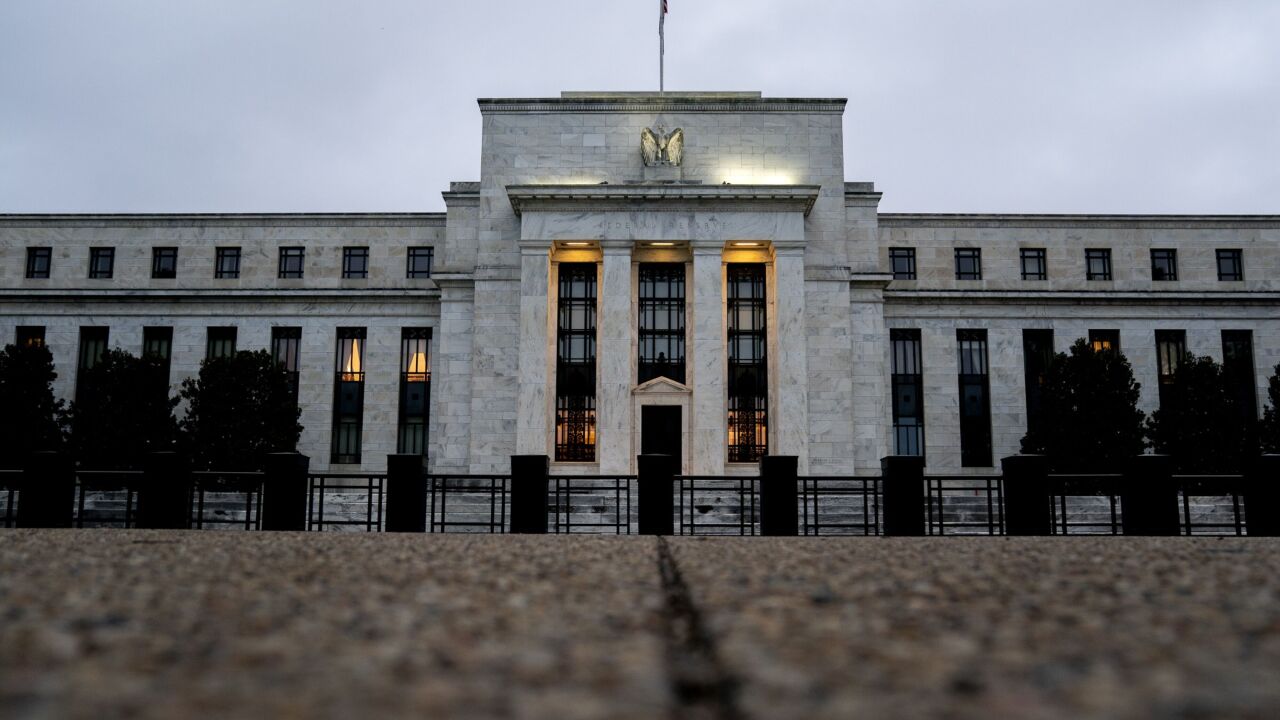Unlike other subprime lenders that have shut down in recent weeks as funding dried up, Mortgage Lenders Network USA Inc. says the discontinuation of its main business line can be traced to problems with a prime product.
Mitch Heffernan, the Middletown, Conn., company's president and co-founder, said it badly mispriced the A-plus-plus loan it brought to market last year. Late last month, a souring environment compounded the problem when warehouse lenders began marking down all its loans - not just the $600 million it mispriced - substantially below face value. Margin calls by those lenders forced MLN to close its wholesale channel, which accounted for close to 90% of its volume, he said.
"The product was upside down and we didn't see ourselves pulling out of this quickly," Mr. Heffernan said. "When you're doing $2 billion of business and taking a 2% haircut, you have a lot of cash going out the door."
Though the closing of the division has been widely reported, MLN executives did not detail the reasons until this week, after the company reached an agreement with Lehman Brothers to fund roughly 900 loans that were left in limbo when the warehouse lines were cut.
MLN was on a tear not long ago. Its loan production in the first half of last year more than doubled from a year earlier, to $1.7 billion. It has a long-standing relationship with GMAC LLC's Residential Funding Corp., one of its warehouse lenders and loan buyers, but last year MLN began selling more loans to Wall Street firms. Aside from RFC and Lehman, MLN's warehouse lenders included Goldman Sachs Group Inc., Merrill Lynch & Co., and Royal Bank of Scotland's Greenwich Capital.
By Mr. Heffernan's account, the industrywide problem of early-payment defaults on subprime loans did play a role in MLN's woes - but a much more oblique one than in the case of Ownit Mortgage Solutions Inc., the Agoura Hills, Calif., lender that folded last month.
In October MLN noticed a jump in early-payment defaults on its loans, Mr. Heffernan said. An analysis found about 15 underwriting characteristics that needed to be eliminated in an effort to reduce such defaults, he said.
MLN knew tightening its guidelines would make things harder on the sales force. To help them make up for the lost volume, it introduced the fixed-rate A-plus-plus product, which had a higher minimum FICO score of 730 and could be originated at rates below those on conforming loans.
"We got a massive influx of approvals for the product," Mr. Heffernan said. "But within 13 days we realized that our pricing algorithm had a mistake in it" and MLN would take a loss when it sold the loans into the secondary market.
The company stopped offering the product to consumers, and fired the employees responsible for the pricing error. At that point, "we thought the exposure would be upwards of $200 million to $300 million" of mispriced loans, an amount MLN had capital to absorb, Mr. Heffernan said. So it told its brokers that it would fund any loans it had already approved. Later, "It turned out our exposure was $600 million" of underwater loans, Mr. Heffernan said.
He said the A-plus-plus product was hedged to protect MLN from interest rate movements, but he did not know of a hedge that "would have protected the company from a mispriced product."
In early December, Ownit and another subprime lender, Sebring Capital Partners LLC of Dallas, went out of business, sending shock waves through the market. Rumors spread that MLN faced a liquidity crisis as well, and they became "a self-fulfilling prophecy," Mr. Heffernan said.
"We told our warehouse lines about the A-plus-plus product, and coupled with the subprime market, we started to experience margin calls," he said. "We all get painted with the same brush, even though our delinquencies were substantially below those in the marketplace."
Gyan Sinha, the head of research for asset-backed securities at Bear Stearns Cos. Inc., wrote in a report released Tuesday that the credit performance of pools originated by MLN in 2006 was "pretty decent."
"This goes to support the idea that the retrenchment of the subprime market has reached a stage ... where even normally healthy entities are finding it hard to be viable given the pricing in the whole-loan market," Mr. Sinha wrote.
Mr. Heffernan said MLN's next step is to recapitalize the company, which still has a $12 billion servicing operation and a retail channel.
He would not say whom he is in talks with about recapitalizing, but said: "There are people in the market who see opportunities here and those are the ones that are going to end up owning a good percentage of market share. We're looking for those people that we deal with day in and day out to step up."





